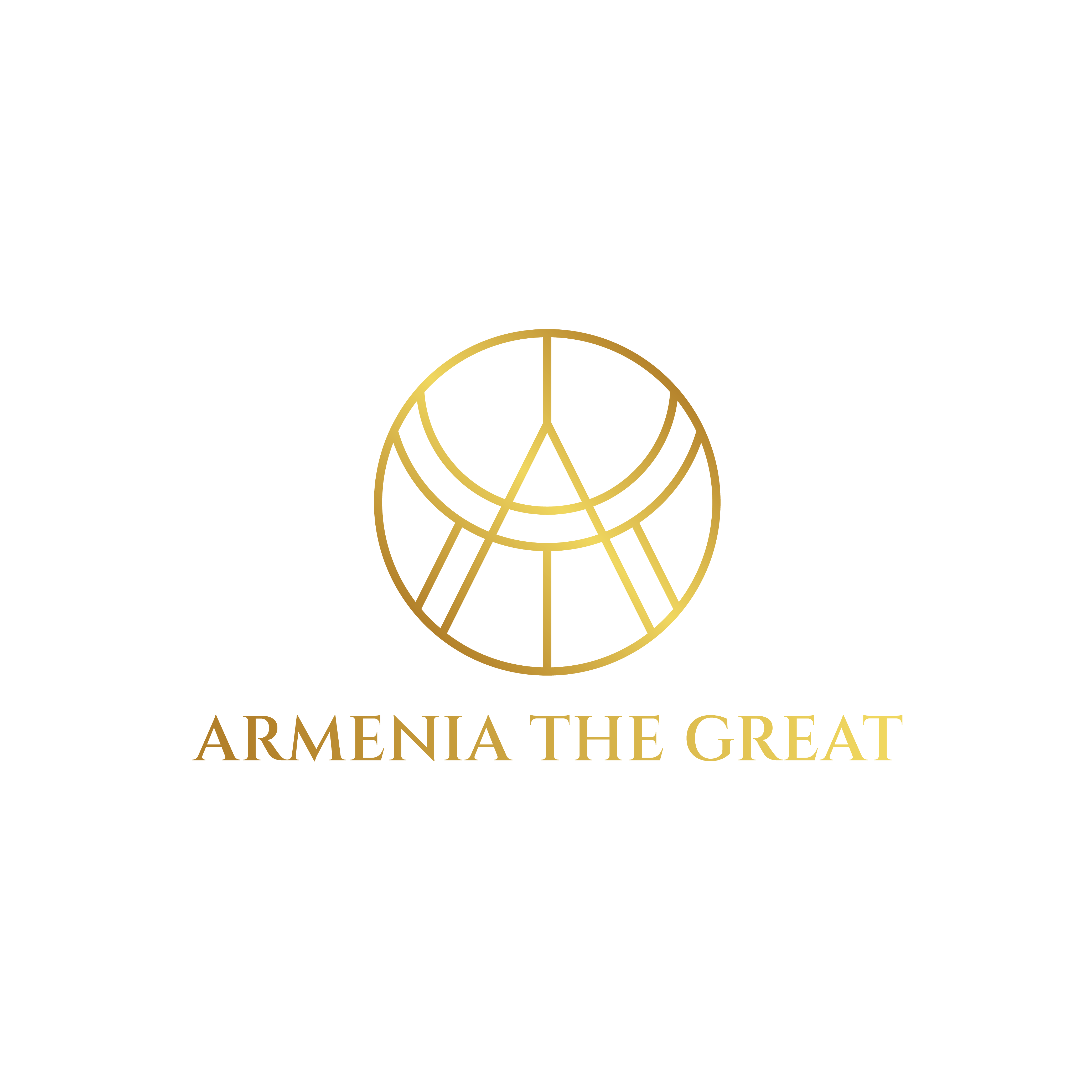Ceramics that are considered to be “Turkish” or “Ottoman” can be seen in the collections of the British Museum and the Louvre.
Is it even true?
Kutahya art was written off as provincial and unconnected to Ottoman culture until the 1960s, when interest in the subject finally began to rise.
The Turks were initially unimpressed by the ceramics because of the Armenian inscriptions, but their significance grew as interest increased.
Here, though, the Turks pulled a fast one: supposedly, wealthy Armenians had Muslim potters cast inscriptions in Armenian script according to their orders.
The Turks also provide an explanation for the carpets’ Armenian inscriptions by claiming that they are a unique form of Islamic art created specifically for the Armenians. This was even followed by some well-known experts but in reality,
in the late Middle Ages, Kutahya became the epicentre of Armenian ceramics.
Artifacts dating back to antiquity include red clay vessels.
During the 17th and 18th centuries, the Ottoman Empire’s ceramic industry was centered around two cities: Iznik (formerly Nicaea) and Armenian Kutahya. The cities were competitors.
In 1608, the wali (governor) of Kutahya was ordered by the Sultan’s court in Istanbul to have “the craftsmen who make bowls in Kutahya” send materials to Iznik so that they could fulfill an urgent order for tiles. This is one of the earliest references to Kutahya ceramics. (A. Lane, Subsequent Islamic Ceramics, 63.)
“In Kutahya there are only 34 craft districts, among which there is a quarter of non-Muslim potters,” Evliya Celebi recounted in his account of the city he visited in 1669-1670. Not only that, but their bowls, plates, and cups are used all over the place. Nonetheless, Iznik cuisine continues to enjoy greater renown. (P.63, cited in the same source.)
Other sources state that, for instance, Kutahya bowls were sold in 1700 in the city of Tokat, which is located in the northwest of Asia Minor. In 1710, local artisans received an order from Istanbul to manufacture 9,500 tiles, with 1,000 being large tiles and 1,500 being small tiles with inscriptions. In Das islamische Iznik, by K. Otto-Dorn, pages 148, 171, 194, and 209.
From the evidence we can tell, this was already happening in the 18th century. Kutahya pottery was not novel and was likely of a more or less developed nature; however, the items from the 17th century remain unidentified.
Kutahya was known for its tile production in addition to its pots, vessels, bottles, and cups. Fatma’s palace in Armenian Constantinople was embellished with 9,500 Kutahya tiles. Fatma was the daughter of Sultan Ahmed III.
Additionally, the Holy Sepulcher was adorned with 10,000 Kutakh tiles per the directives of the Jerusalem-based Armenian Patriarchate. Later Islamic Pottery, by A. Lane, p. 64.
The undeniable fact that Kutahya ceramics originated in Armenia is further supported by the distinctive feature of their decoration – plot compositions linked to Christian symbols.
Saints from Armenia, such as Sahak Pertev, Mesrop, Nerses, St. Gregory, and John the Baptist are among the known figures depicted on these vessels.
A miniature four-sided flask depicting St. George atop a horse and spearing a dragon is kept in the Hermitage. The image is polychrome. The depiction of individuals in general may be influenced, at least in part, by Christian themes.
It is impossible for the masters to be Muslims because depictions of people, particularly saints, are forbidden in Islamic law. Christian themes often appear on Armenian handicrafts, and it is these artisans who now explain this phenomenon to scholars:
The majority of Kutahya’s ceramicists were Armenians who had settled in the city for generations, which explains why Christian themes and human figures appear on these vessels.
Christian Armenians, who lived in a separate quarter, were likely also meant by Evliya Celebi when he said potters who were not Muslims.
Additionally, depictions of Armenian saints provide insight into the ethnic makeup of ceramic craftspeople. Page 218 of K. Erdmann’s Neue Arbeiten.
The city’s wealth of resources suggested that middle-class Armenians and Christian minorities were Kutahya pottery’s primary target market. Full proof of origin was provided by the inscriptions on the dishes and the pottery’s association with ancient Armenian examples.
Of course, the hallmark of the masters is a crucial and essential point in these types of studies. Stamps of Kutahya products often feature the inscription “Sivaz Ayvaz on them.
In his description of the Kutahya stamps, A. Lane reiterates their reading as “Sivaz” and “Ayvaz,” and he attributes the misspellings to the Armenian artisans who worked on them not knowing Turkish. (See p. 115, nos. 15, 16.) by the same author.
Fouquet agrees with this reasoning and also objects to the name “Sivaz” for the city.
Scientists have concluded that Kutahya ceramics are works of Armenian masters based on documents and samples that have come to light.
However, discussions of Kutahya ceramics still inevitably lead to discussions of Turkish art and culture.
Ali Faik Bey, the regional governor, steadfastly opposed carrying out the government’s plan to deport and kill the Kutah Armenians during the Genocide. Nevertheless, the Armenians realized they were in danger and fled the city because the governor would face consequences for his refusal.
Balyan and Karakashian established a studio for “Palestinian Ceramics” in Jerusalem in 1922. It is still handled by Hakob Karakashyan. In modern times, one can find Armenian ceramics all over Jerusalem. Both locals and tourists love it. The case of Kutahya is ongoing.
Buildings in Kayseri, Kutahya, Antalya, and Konya (Celik Mehmed Pasha Mosque) are the last remaining monuments of ceramic tiles from Kutahya. These include occupied Istanbul’s Cezri Kasim Pasha Mosque and the world-famous fountain of Sultan Ahmed III.
Even today, Turkey continues appropriation of Armenian art-affects and falsifications of the origins of any item found in occupied Turkey.

